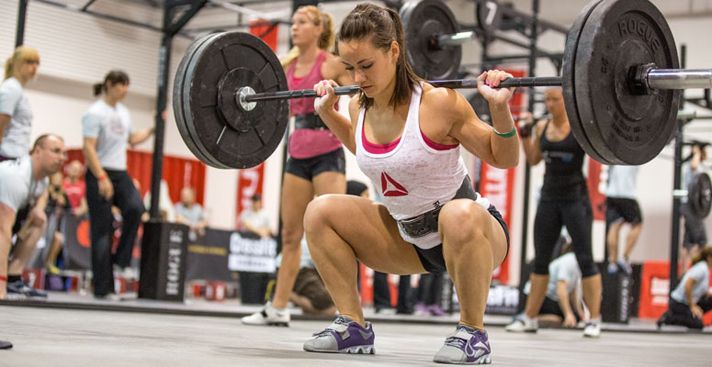How to Correctly do a SQUAT + Common faults
The Squat is a fundamental movement pattern to life, whether you are an athlete trying to squat 200kg or an elderly person trying to get out of your chair. For athletes, it’s a great exercise, if not one of the best to increase your explosive hip power and overall strength.

The squat requires a lot of mobility in the ankles and hips in order to allow you to achieve proper depths without jeopardising your back and knees. It also requires great stability from your knees and lower back also to keep you grounded and braced throughout the entire movement. In addition to mobility and stability, You muscles need to fire in the right sequence throughout the entire movement. This is your bodies ability to coordinate itself to make sure you get in the right positions necessary and hold these positions whilst under load and tension. Understanding the importance of mobility, stability and correct muscle coordination is vital to pull off the perfect squat.
In this blog we will address what is a perfect squat and the common faults we generally run into along the way
What is a perfect squat?
This answer varies from person to person due to the individuals bony anatomy. For example a difference in femur length and/or femur position (more anterior or more posterior) in relationship to the hip joint (acetabulum). The squat stance essentially comes down to the individuals comfort. This means no two athletes will have the same squat pattern. However, no matter how wide or narrow (to an extend), here are 4 key points to be mindful of when executing a squat:
- Feet should remain flat and toes pointing relatively straight or slightly pointing out
- Knees should remain over the midfoot and track over the 4th and 5th toes
- Lower back should remain relatively straight or neutral, No rounding or hyper extending
- The squat should be initiated with the hips moving back first, not the knees moving forward
With that being said, when we are assessing the squat there are a few things we need to look out for
Common faults to look out for when squating:
1. The athlete's feet may rotate outwards as they descend into the squat - generally a hip issue
2. The athlete's heels may lift as they reach the bottom of the squat - commonly due to tight calves
3. The athlete may have valgus knees (knock knees) where they let their knees collapse inwards - underfiring glutes or flat feet
4. The athlete may initiate the squat with the knees rather than their hips - coordination issue
5. The athlete rounds their lower back at the bottom of the squat (butt wink) - can be due to limited ankle mobility, tight adductors muscles or over extending in the lower back when initiating the squat.
Hope this helps, Feel free drop a comment :)
Adios,
Angelo Campanella
Squats and deadlifts...2 of the best for strength as far as compound exercises go.
Definitely 😊
Well im screwed lol
Never to late @jpinka 😊